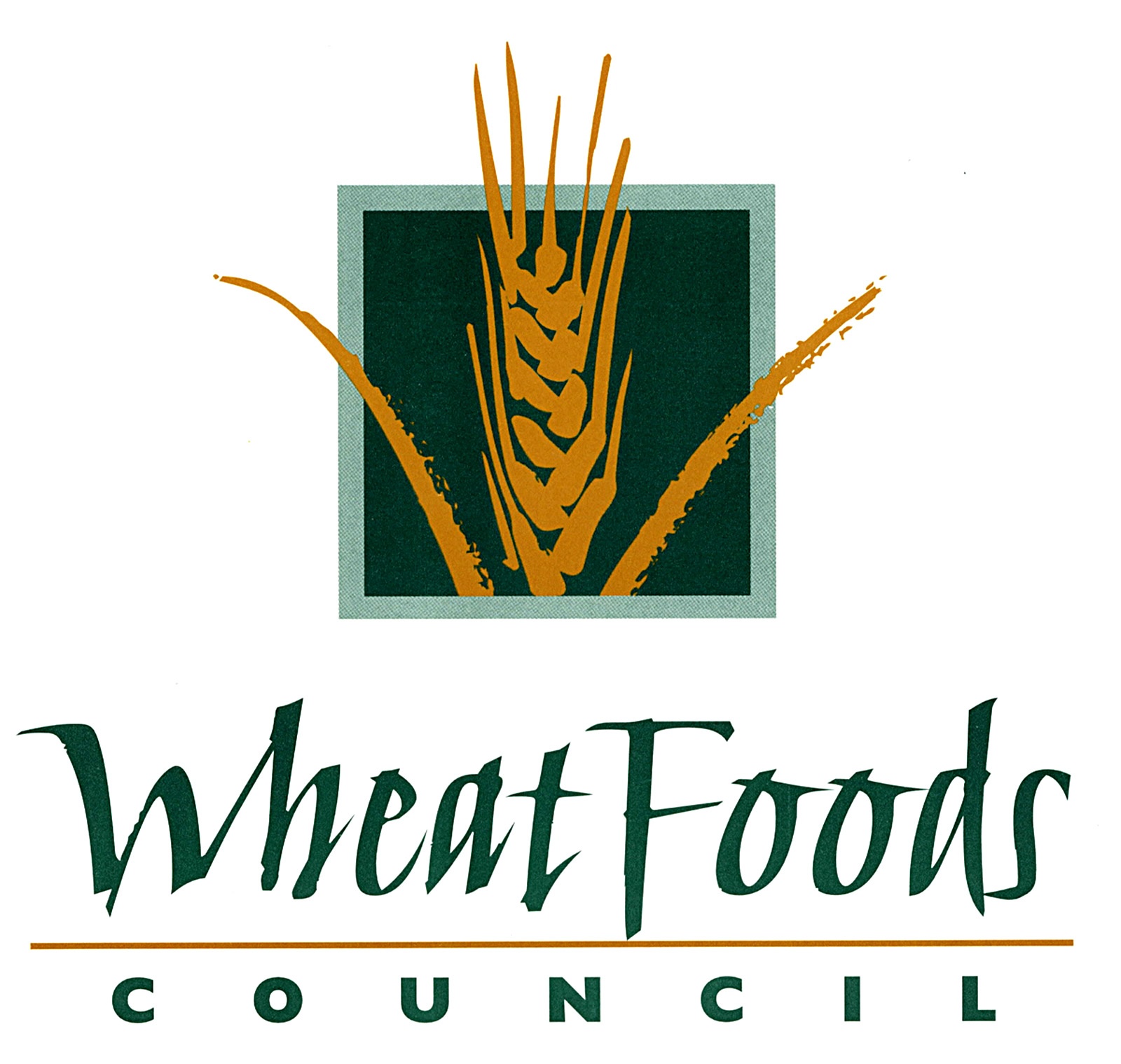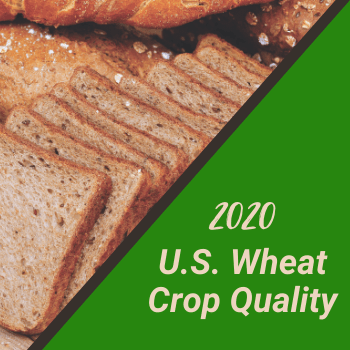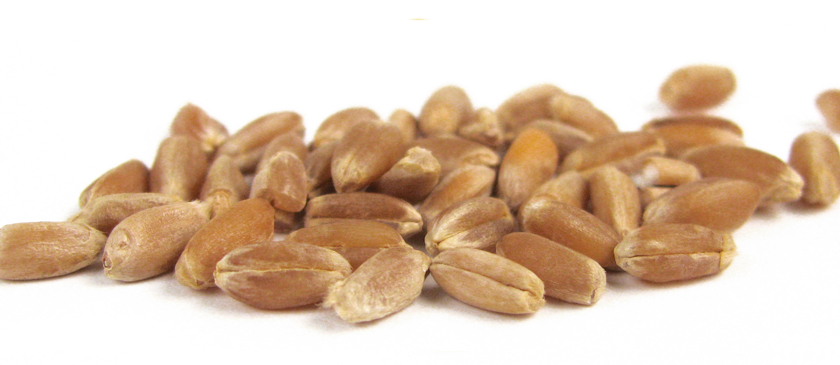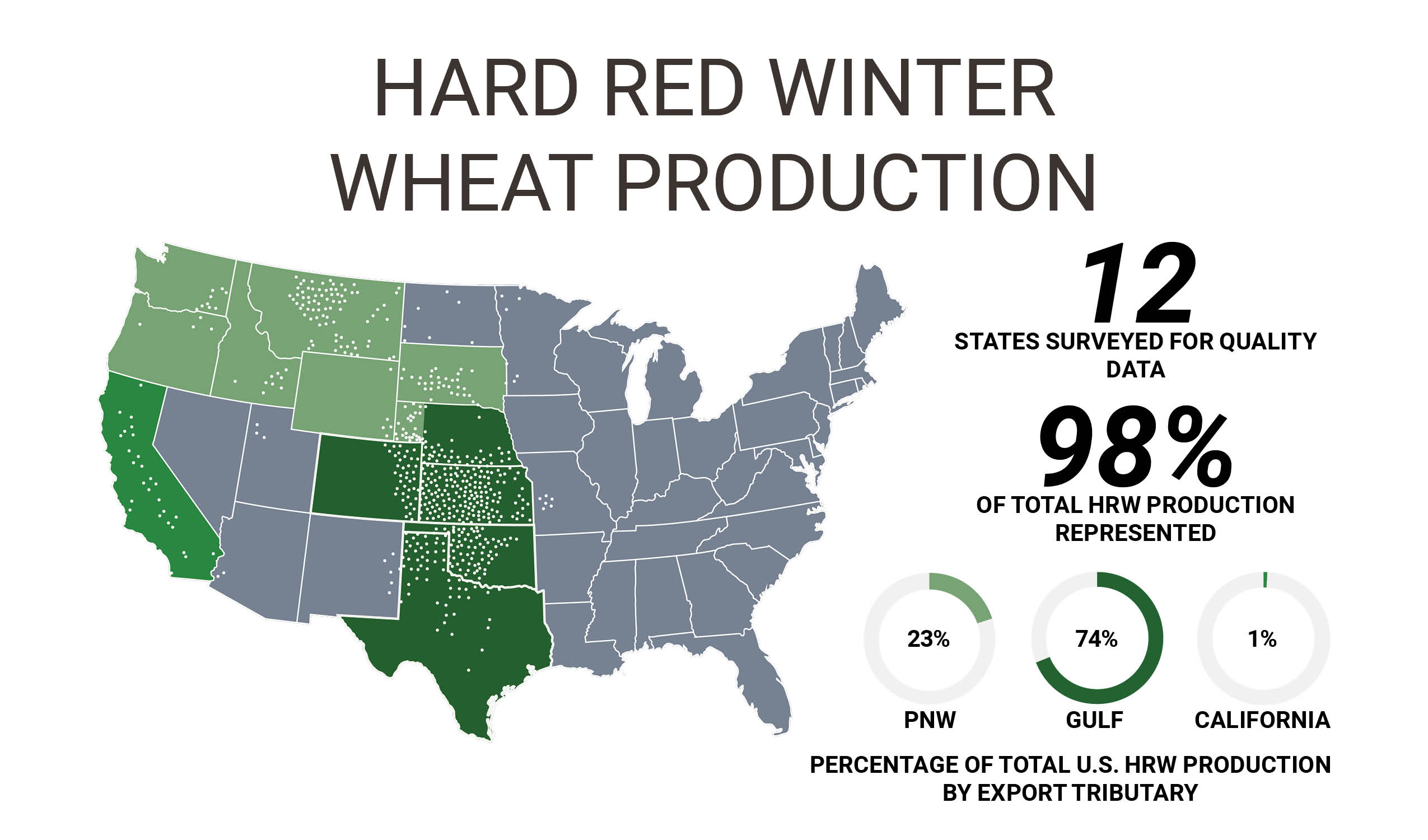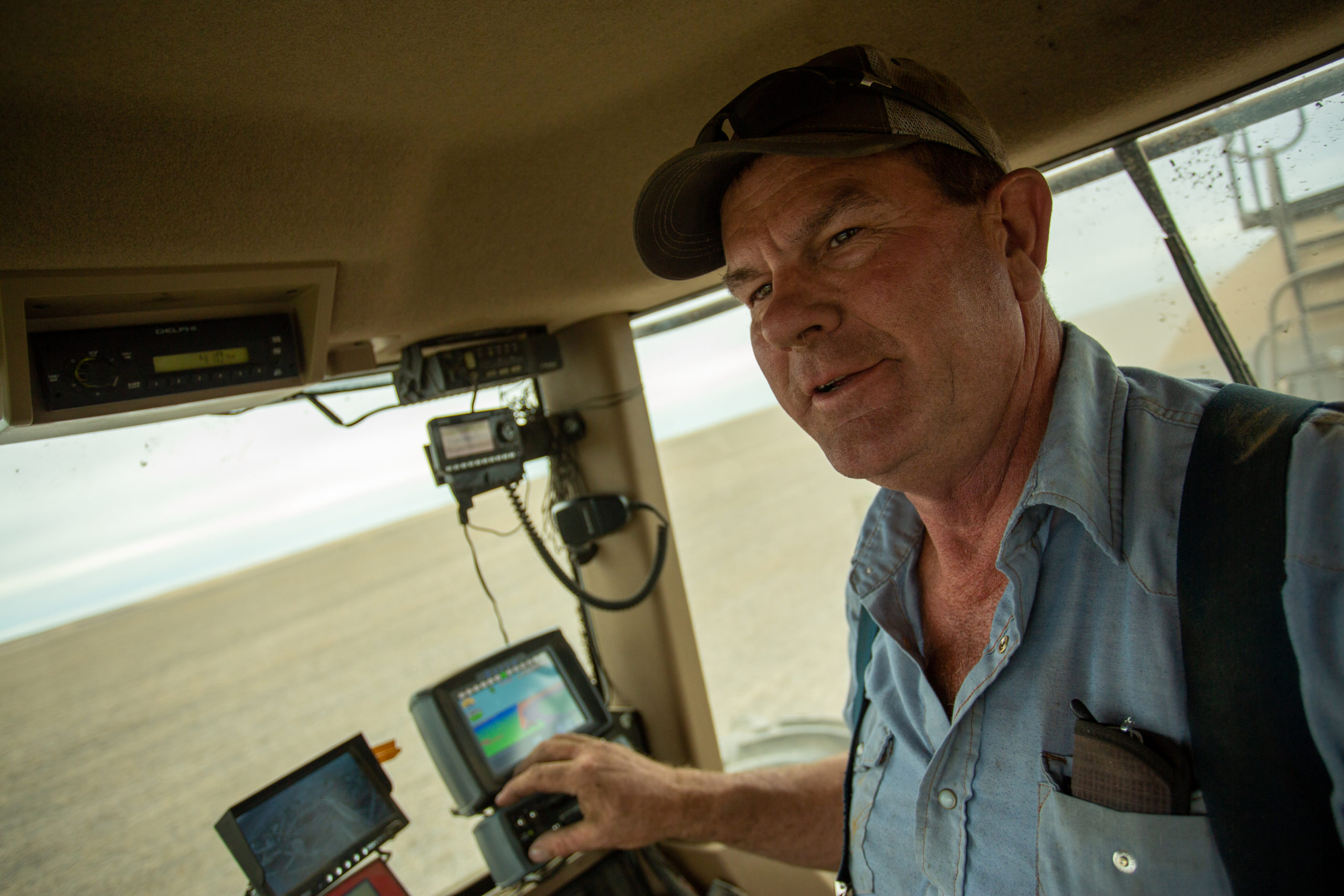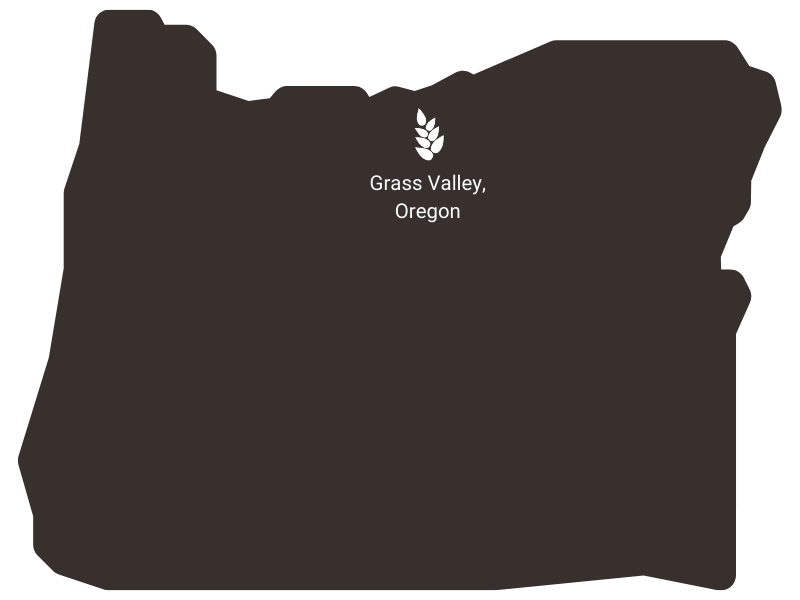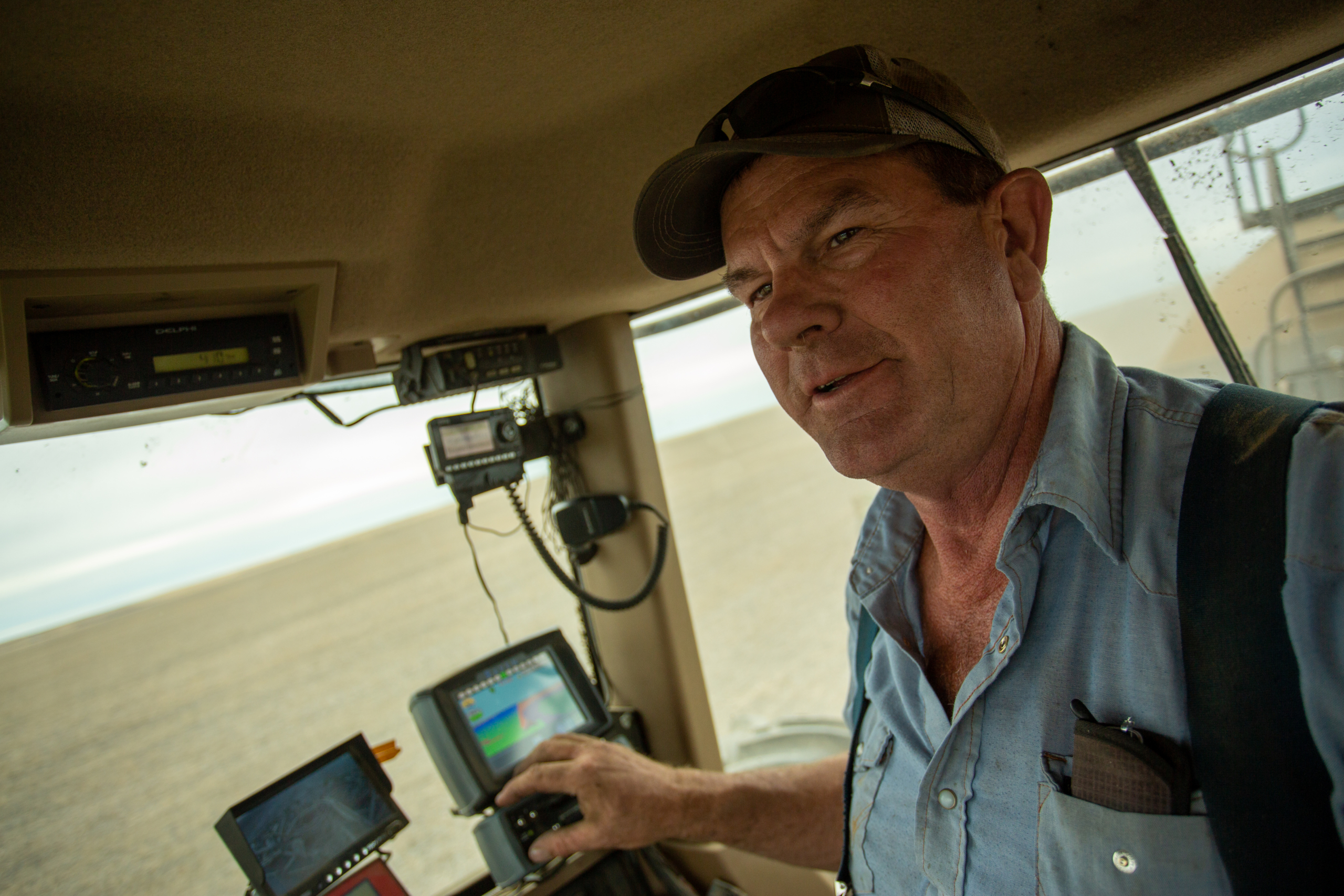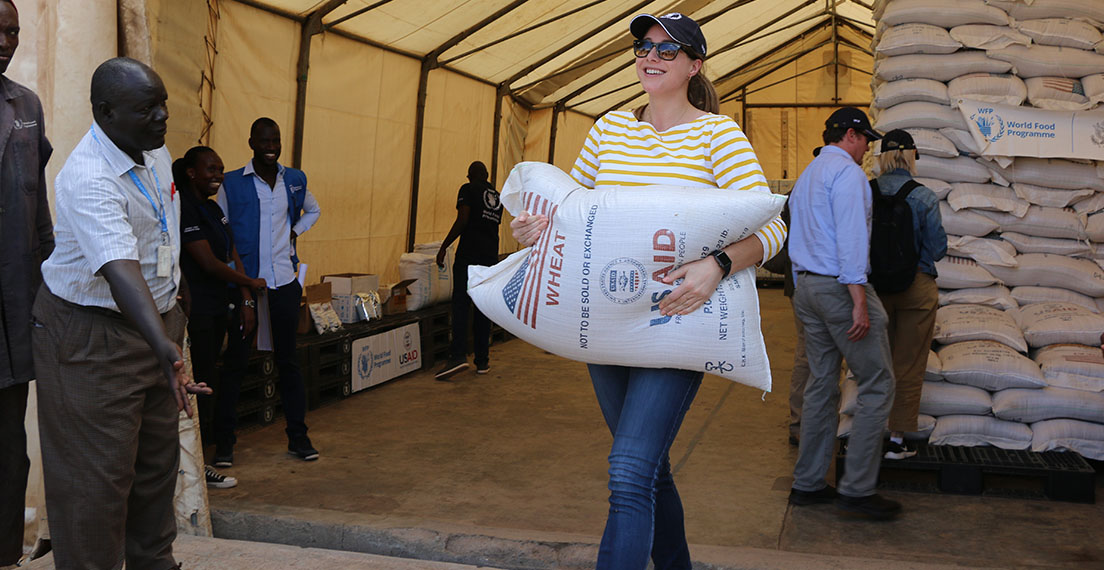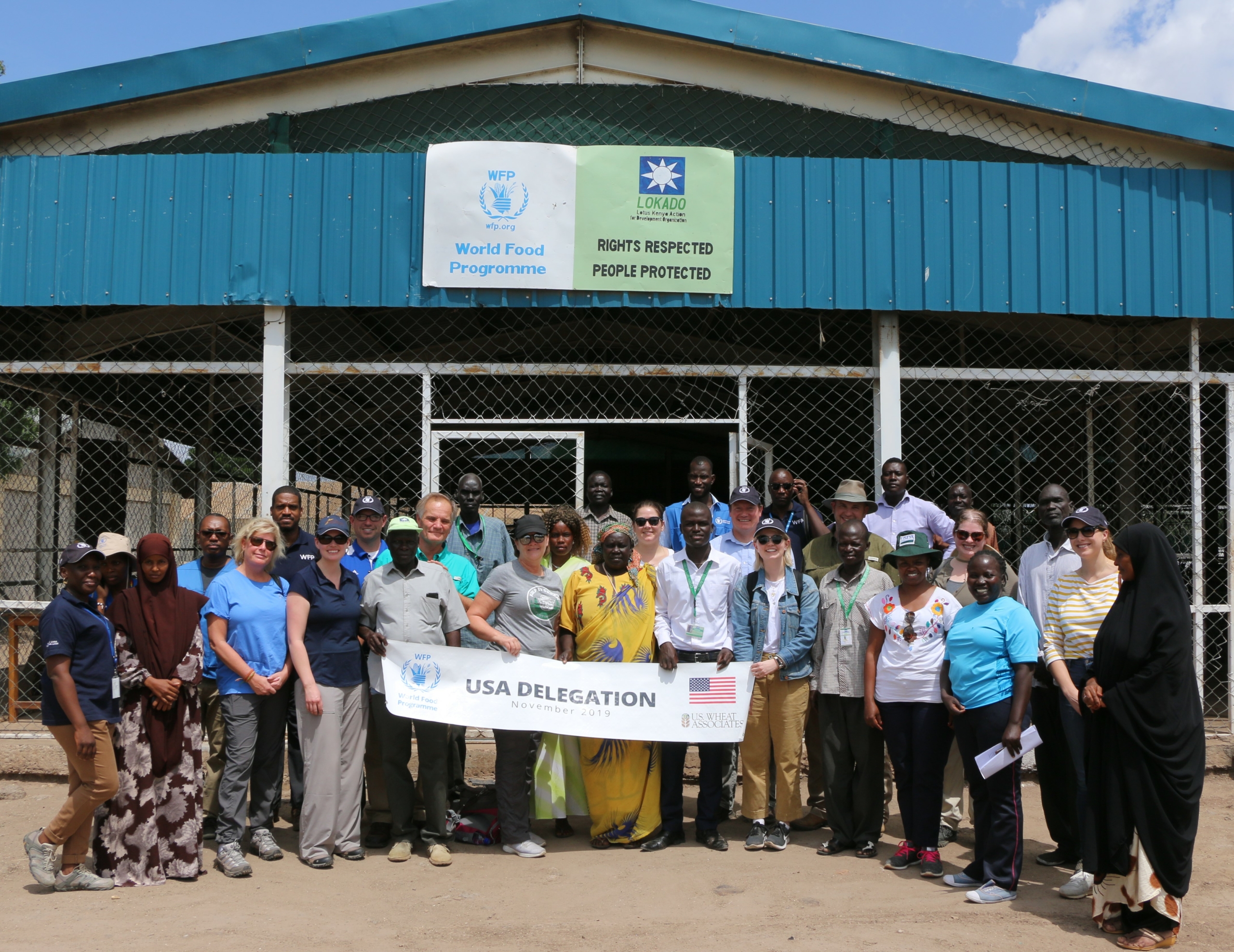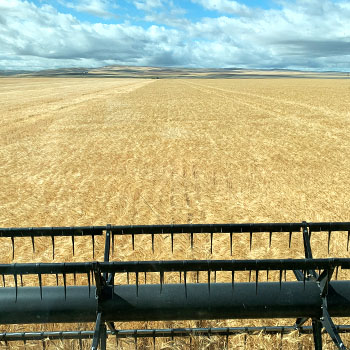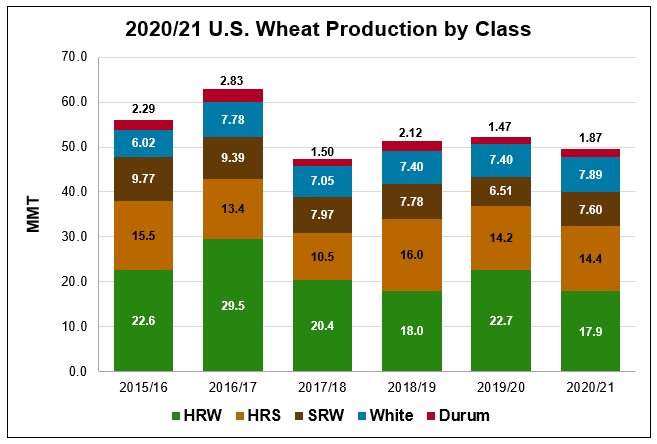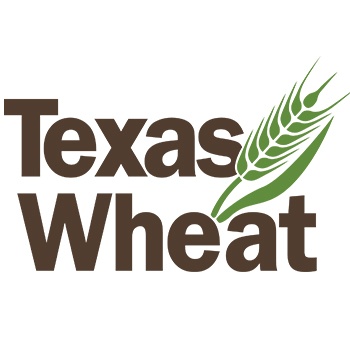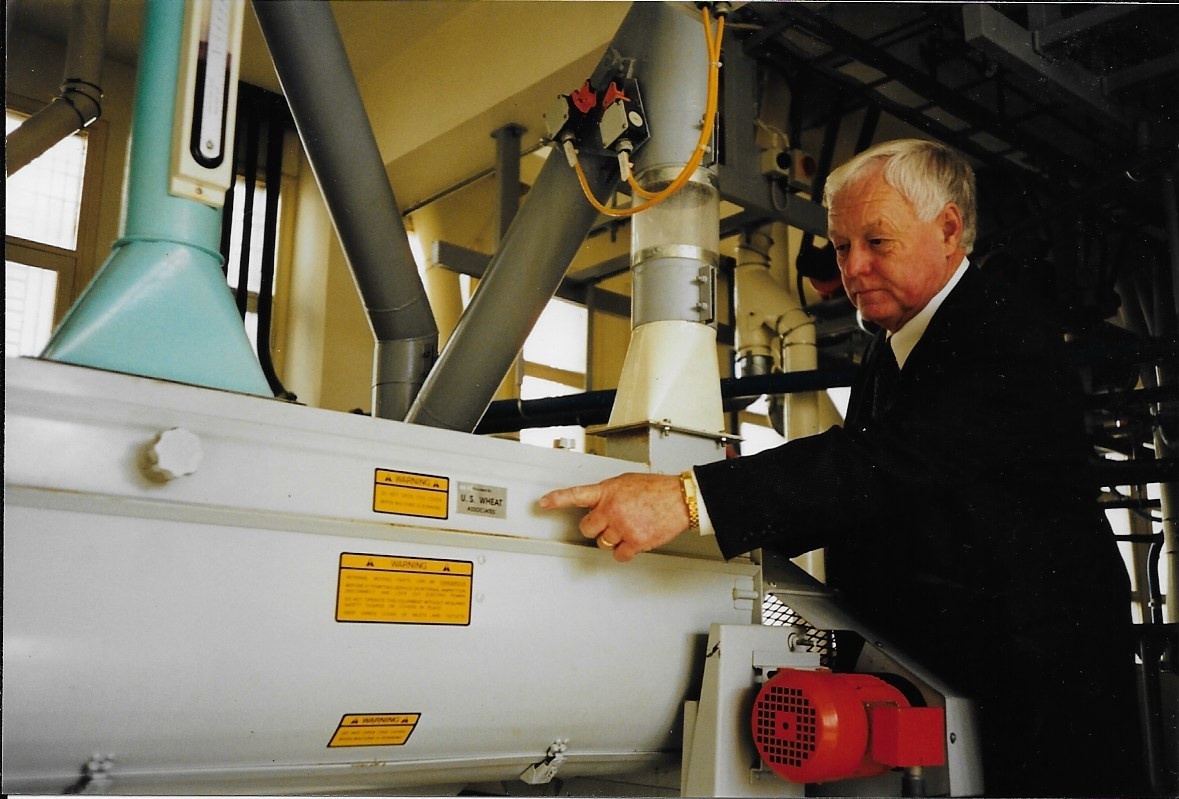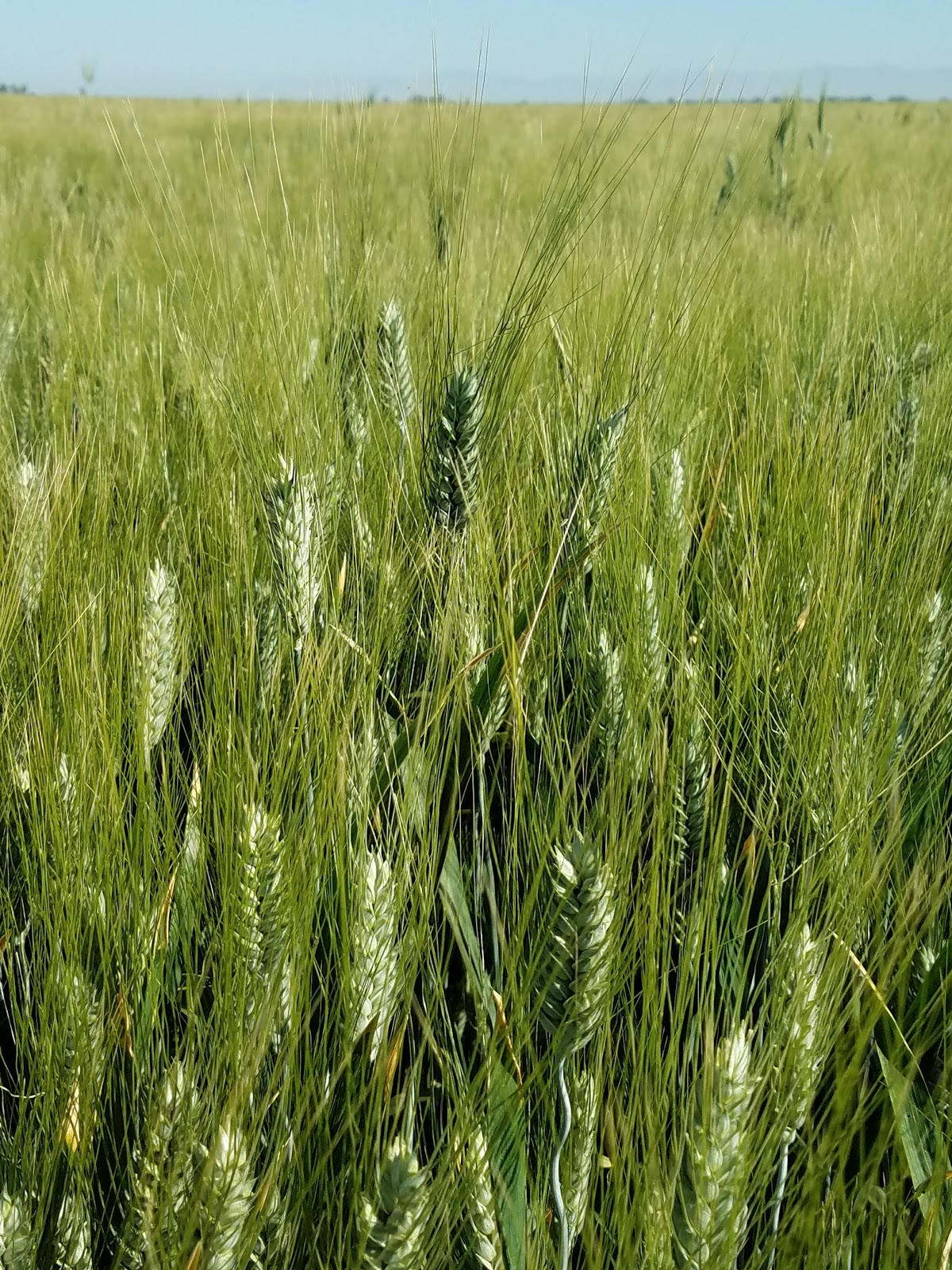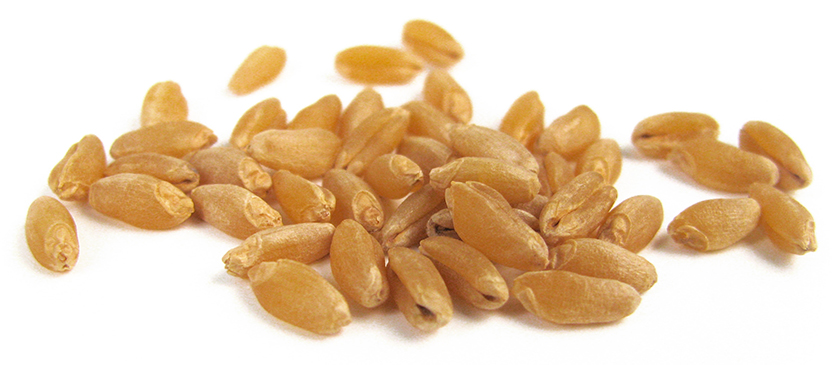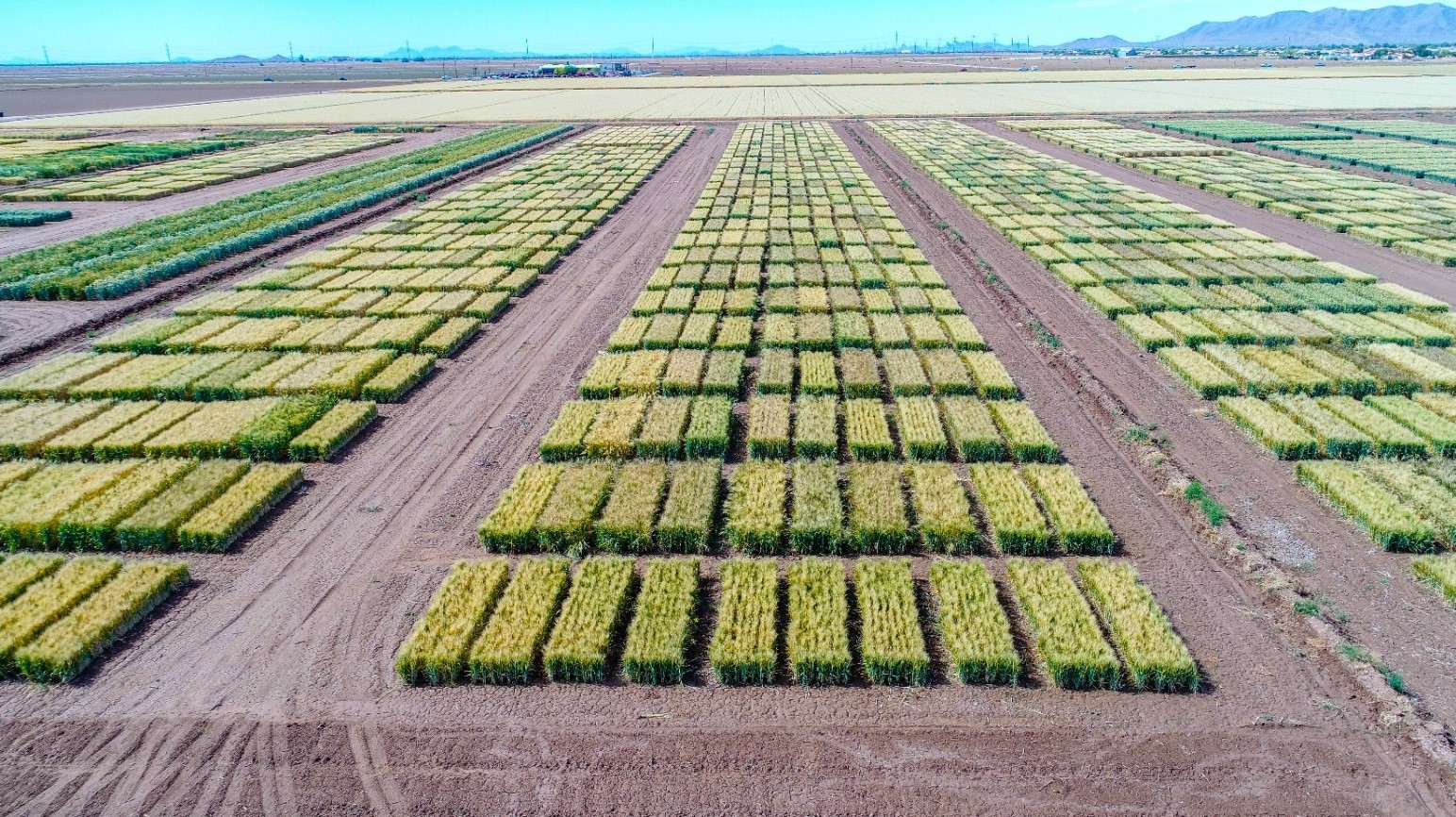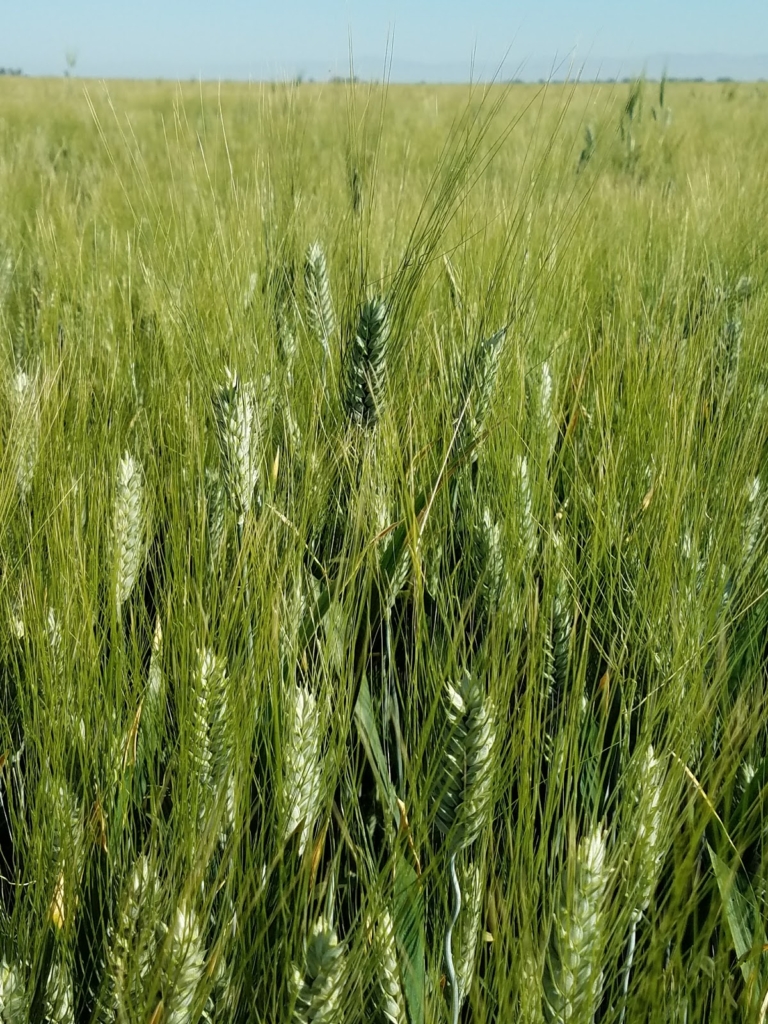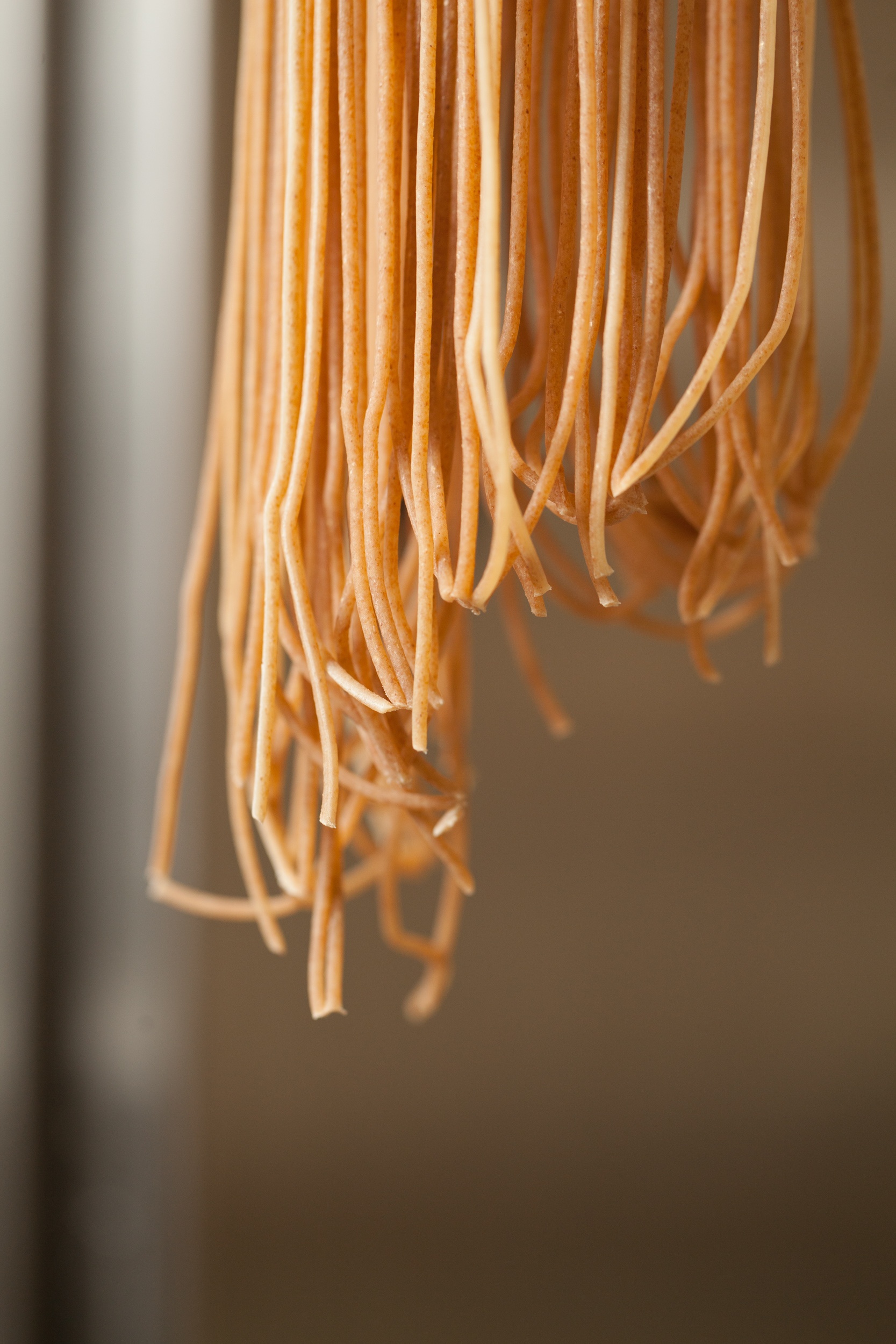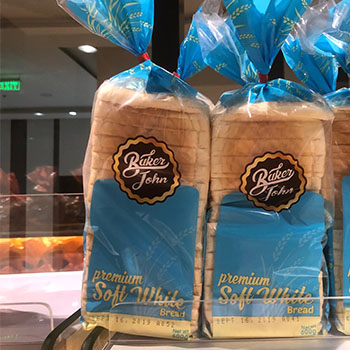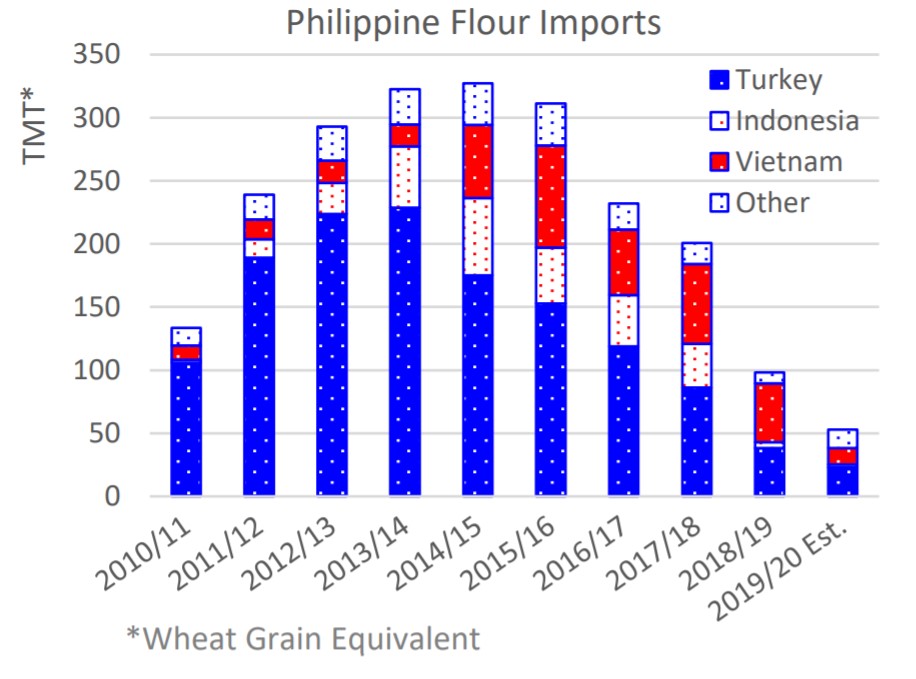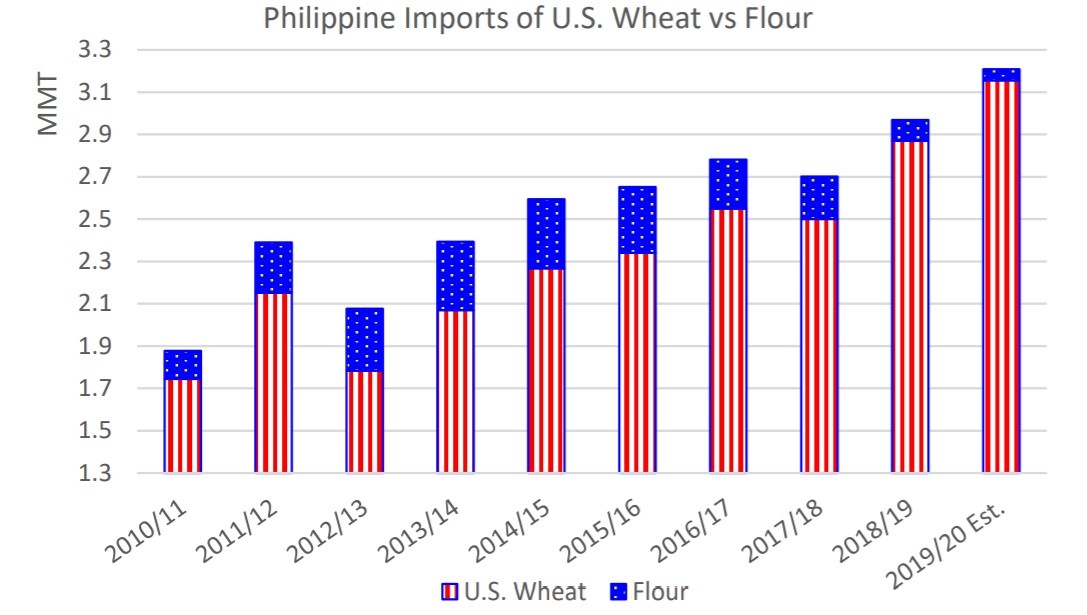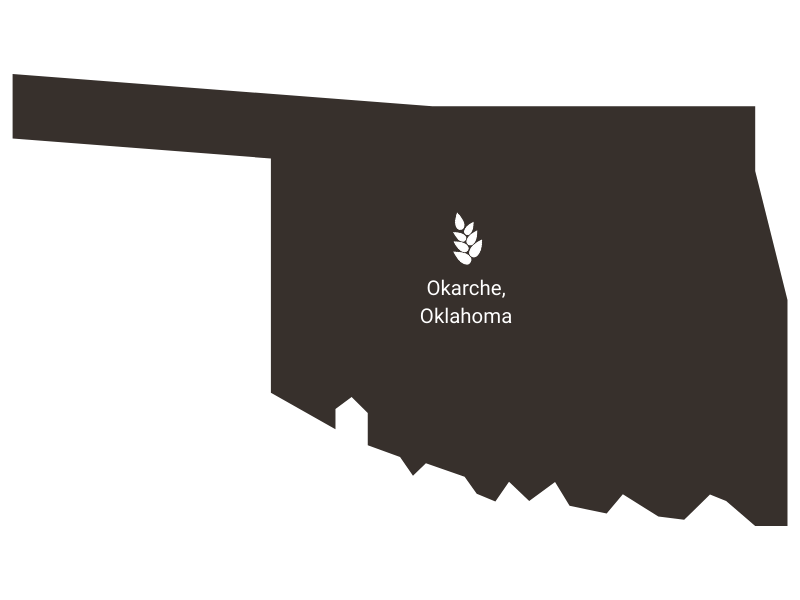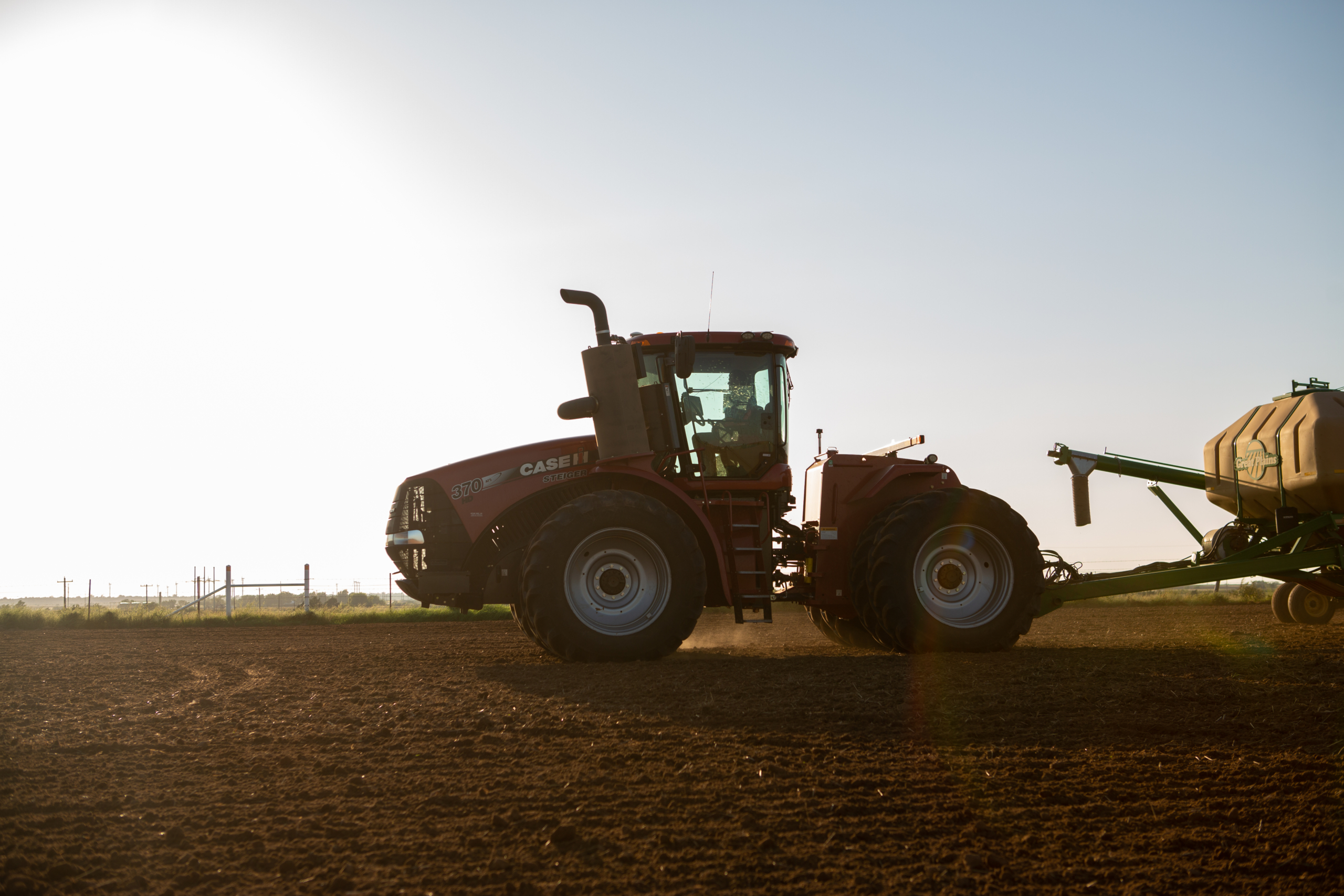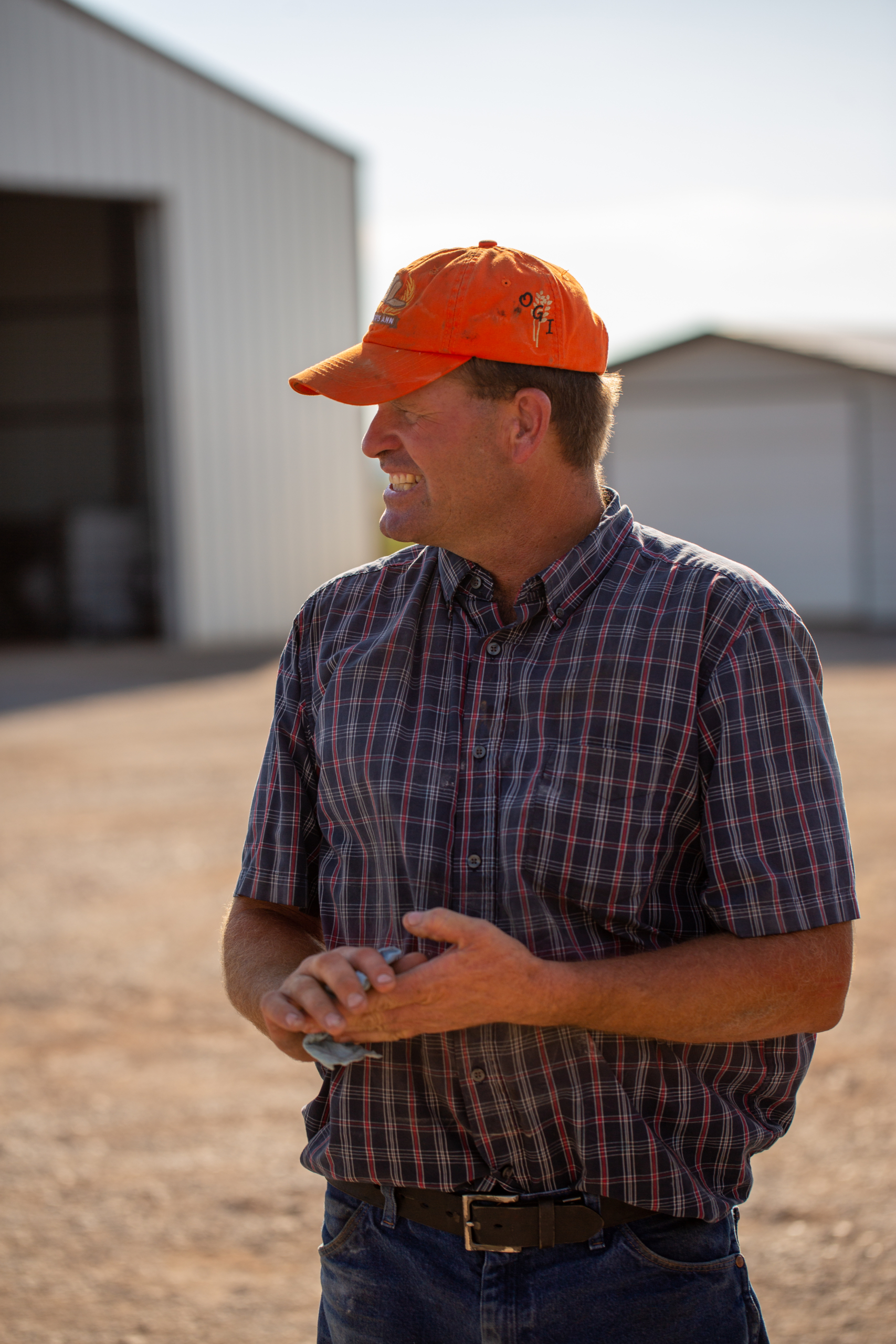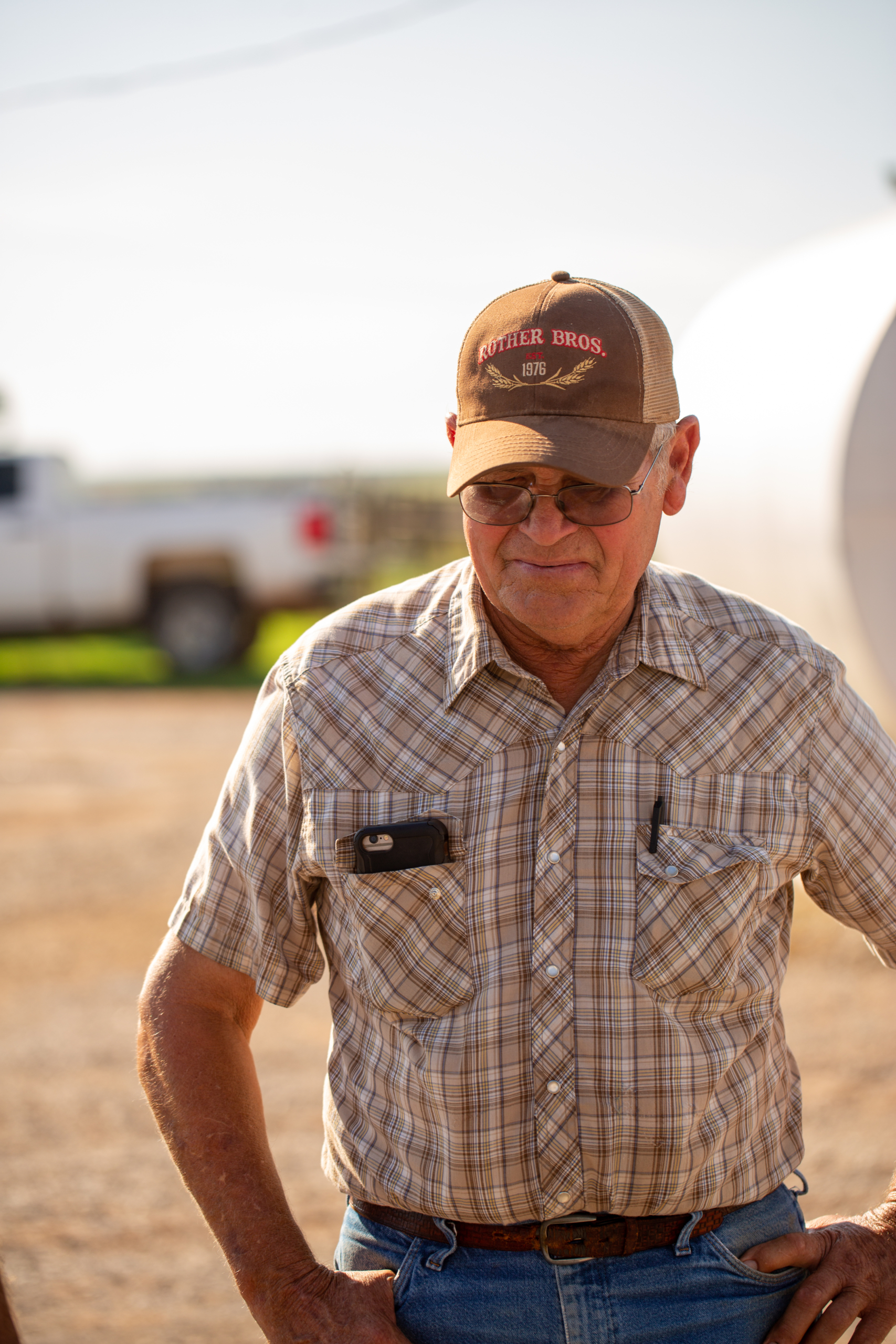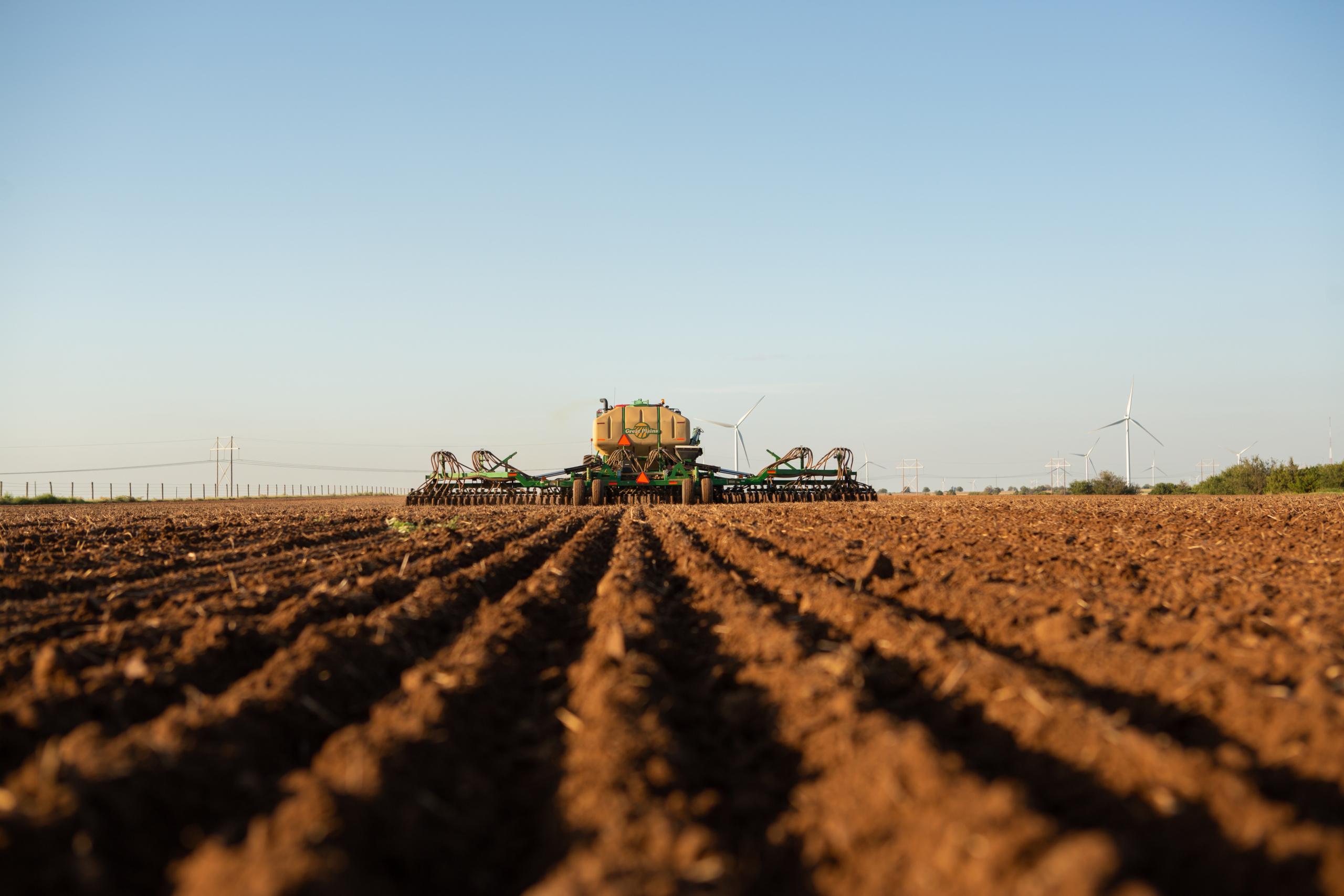Editor’s Note: Even though the Wheat Foods Council (WFC) is focused on demand for wheat foods in the United States, U.S. Wheat Associates (USW) sees significant innovation and efficiency in WFC’s marketing efforts. We believe there are concepts in its work that our overseas customers will find useful.
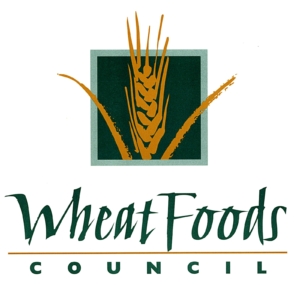
The Wheat Foods Council (WFC) includes members from all sectors of the wheat value chain: growers, millers, bakers, suppliers and others. WFC develops sound educational and promotional nutrition programs that reach health and nutrition professionals, opinion leaders, media, and consumers. Our key audiences are registered dietitians, personal trainers, chefs and health-conscious consumers. WFC reaches out to each of these audiences as part of its mission to help increase awareness of dietary grains as an essential component of a healthful diet.
Here is a more detailed look at how WFC works to influence two of these groups.
In 2015, WFC identified that personal trainers are a critical target. With 300,000 trainers across the United States, our research showed they gave a lot of advice to clients about nutrition, especially concerning weight loss and maintenance, without having the knowledge base to do so effectively and correctly. Unfortunately, much of their advice was negative to wheat foods. Because this influential group’s advice not only reaches their 4 to 6 million clients per week, but also affects the 32 to 48 million family and friends that these clients talk to, we started providing positive information about wheat food nutrition that disputes the negative claims in fad diets like low-carb, Paleo, Keto and others.

In 2019, WFC exhibited at “Idea World,” a trade conference for 12,000 personal trainers, fitness instructors, gym owners and other fitness industry representatives.
WFC also targets accomplished chefs that set the menus for major restaurant chains, universities, event centers and other places that feed millions of people to educate them about new and exciting ways to utilize wheat foods and enriched wheat flour in their menus. We hold a custom seminar with the Culinary Institute of America to educate these chefs and give them a hands-on opportunity in the Culinary Institute kitchens. We are currently developing an online program with the Culinary Institute to reach chefs during the coronavirus pandemic.
Photo caption, above: The delicious results of a WFC 2019 promotional event at the Culinary Institute of America promoting innovative wheat foods.
Quick Pivot Needed
When we began our 2019/20 fiscal year back in July 2019, we had a clear strategy and a lot of great programs planned to reach our targets. It all went well through our very successful Annual Meeting in Atlanta … then the world changed. One after another, the most important events on our schedule to educate our target audiences were all cancelled due to COVID-19.
In March, our team quickly pivoted to producing short videos delivered on social media to our target audiences of Personal Trainers, dietitians and other fitness and nutrition professionals. These videos feature WFC experts, infographics, wheat facts, debunking of fad diets, advice from elite athletes and top nutritionists, as well as delicious recipes. We are thrilled that despite the challenges of COVID-19, WFC maintained our influencer educational outreach with a high level of success, surpassing 1.5 million video “views” by late September! We are now investing more in the video campaign and its reach continues to grow.
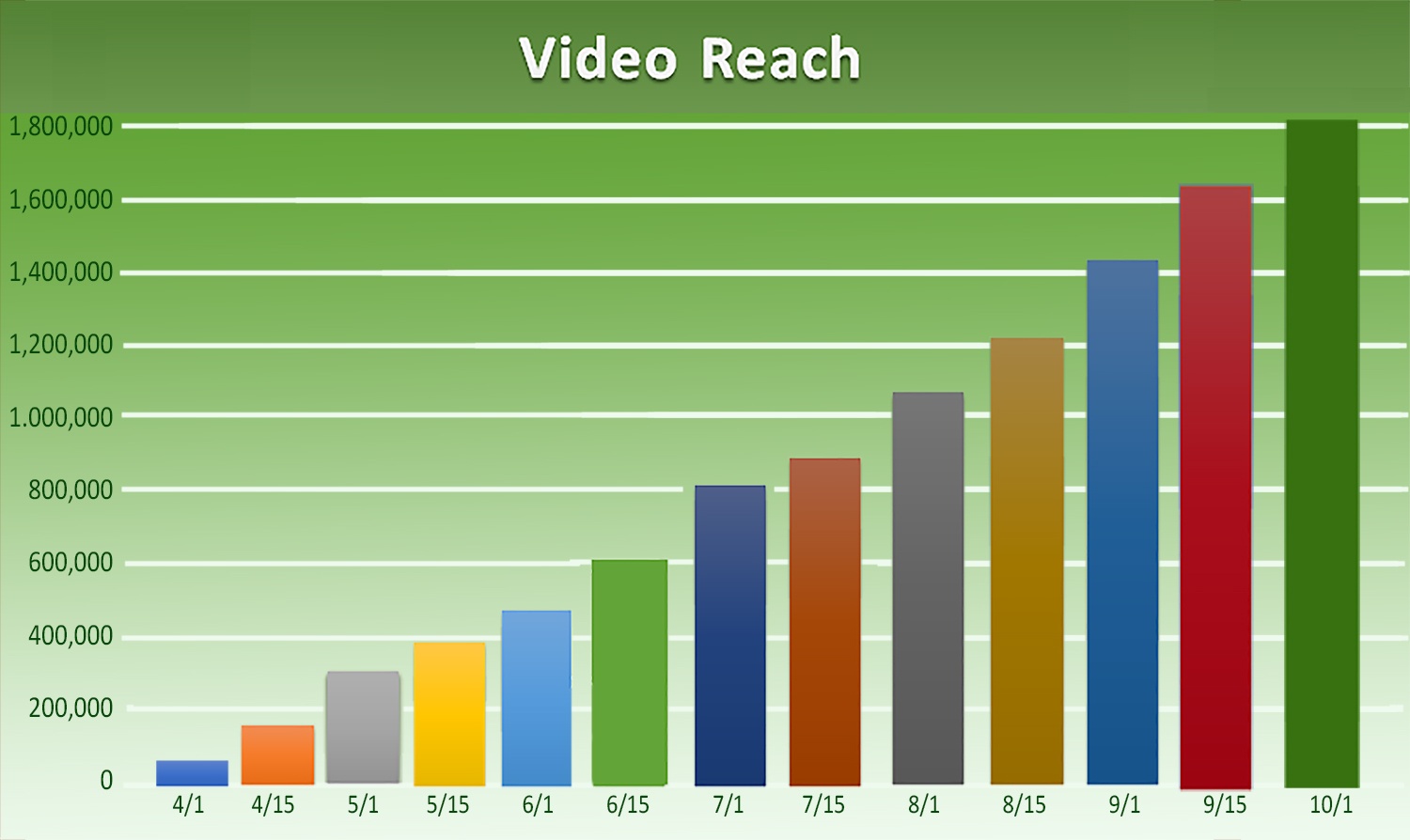
Views of Wheat Foods Council videos steadily increased during the coronavirus pandemic.
It is also important for WFC to measure how we are delivering a return on investment for our members and the industry. For example, at our 2020 virtual Summer Meeting, we shared the results of a recent survey of Personal Trainers that documented the impact WFC’s plan has achieved in just four years. Due to our efforts, considerable improvement has been made in what Personal Trainers know about wheat food nutrition today compared to a baseline survey in 2015. The important and impactful results include:
- 89 percent of the 2,000 trainers we surveyed identified carbohydrates as a health and nutritional benefit of wheat foods made from enriched flour – only 10 percent of trainers said that in 2015;
- 65 percent of trainers now see vitamins as a benefit of wheat foods compared to only 15% in 2015;
- 77 percent see fiber as a benefit of wheat foods in 2020 up from 11 percent in 2015;
- 2 percent of trainers saw no nutritional benefits from enriched wheat foods in 2020, down from 14 percent in 2015.
Expanding the reach and frequency of positive messaging about wheat foods builds demand that benefits U.S. growers, flour millers, commercial and small business bakeries and suppliers across the wheat value chain.
For more information, visit these WFC sites on the Internet:
https://twitter.com/WheatFoods;

